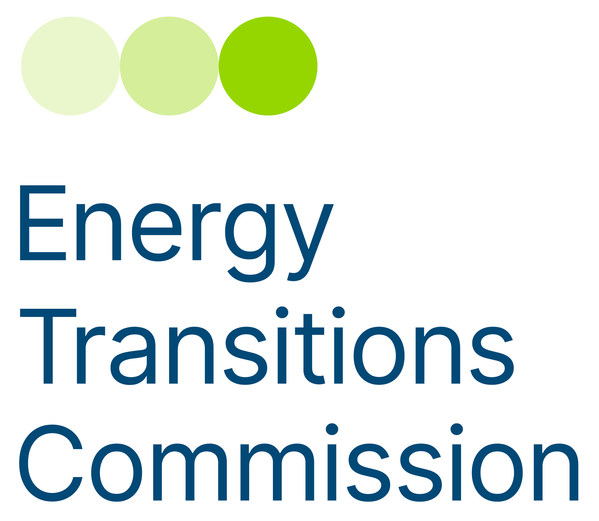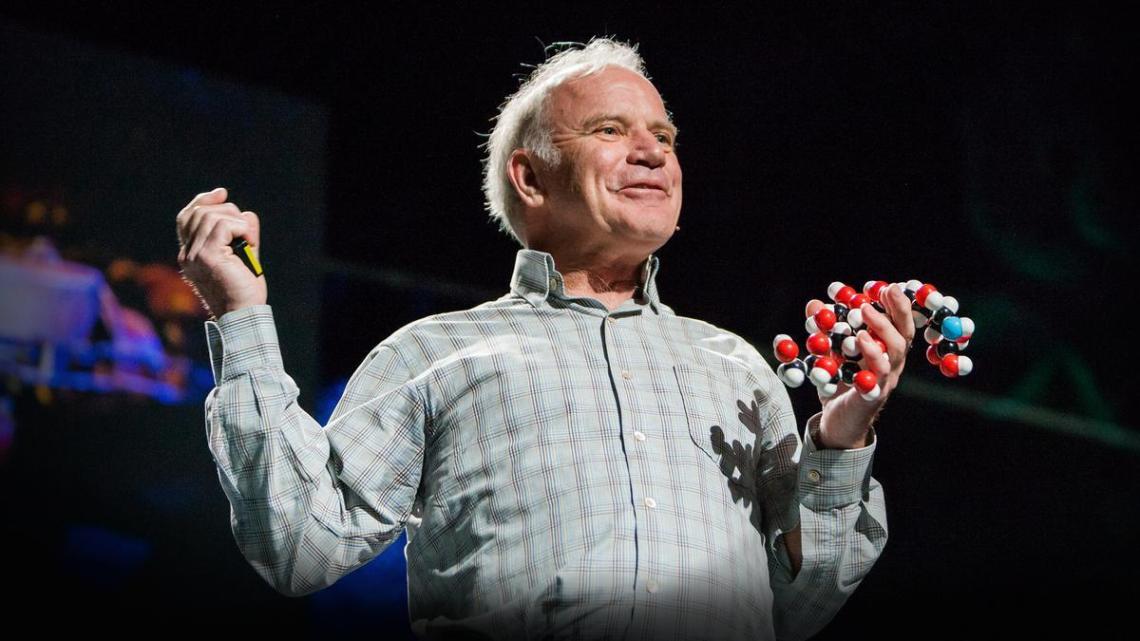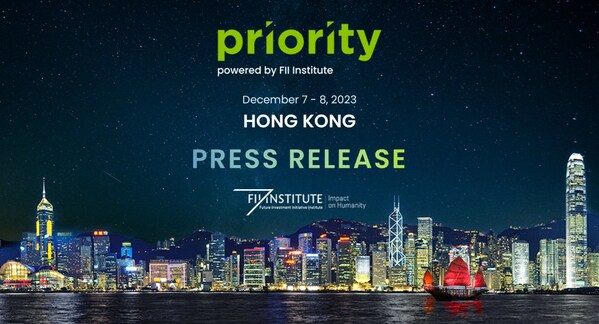 |
Path to a viable business case demonstrated in multiple markets – co-operation urged to create enabling conditions at the international level to accelerate investment
LONDON, April 5, 2023 /PRNewswire/ -- A viable investment case for near-zero emissions primary steel projects is within reach in Europe and North America, according to the latest report from the global Energy Transitions Commission (ETC), making it possible to put the steel sector on a Paris Agreement-aligned emissions pathway by 2030.
The global pipeline of near-zero emissions primary (ore-based) steel projects must triple within the next three years to enable 190 million tonnes per annum (Mtpa) of 'green' production by 2030 and keep industry emission reduction targets within sight. "Unlocking the First Wave of Breakthrough Steel Investments – International Opportunities: United Kingdom, Spain, France, and the United States" – reveals that practical policy and industry action in four countries can secure a viable investment case in those markets, creating opportunity to grow the pipeline of projects and accelerate existing proposals to final investment decisions (FIDs).
Steel already accounts for 7% of annual global greenhouse gas emissions and demand is set to rise, as the material is fundamental to building the energy transition, from wind turbines to electric vehicles, and to infrastructure growth in developing economies. 'Breakthrough' iron- and steelmaking technologies, centred around using low-carbon hydrogen to produce direct reduced iron (DRI), have been developed and offer a viable solution for decarbonising primary steel.
Green-lighting projects by 2026 is the critical challenge given the lead times involved and the ETC's report demonstrates that the financial gap for doing so is smaller than previously thought. All four countries can offer a viable investment case, particularly in light of recent policy developments, if action is taken urgently to close the 'last-mile' gap. Key insights include:
The price of low-carbon electricity, for green hydrogen production and direct process power, is the crucial market factor in determining the international competitiveness of breakthrough iron or steel. Major policy developments in the US (low-carbon hydrogen production tax credit under the Inflation Reduction Act) and the EU (the phase-in of the carbon border adjustment mechanism) put a viable investment case within reach in the US, Spain, and France, respectively. Actions such as government support for capital expenditures and forward purchase agreements at an initial premium (particularly from corporate offtakers) offer practical ways to close the financial gap for projects in all four countries in the near-term.The globalised nature of steel markets mean that policy support at the national level can have implications on international trade. Concerted co-operation between governments and companies is essential for ensuring these efforts do not cause cross-border friction and instead create enabling conditions for investment at the international level. Key areas for collaboration include:
Coordinated aggregation of public and private sector demand across borders to strengthen purchasing signals for near-zero emissions iron and steel products. Harmonisation of product standards, definitions, and certification systems to boost buyers' confidence to purchase breakthrough products Coordination of value chains to reflect new cost-optimal production locations, including the potential separation of iron and steelmakingEditors' notes:
Quotes- Julia Reinaud (Senior Director, Europe – Breakthrough Energy) and Adair Turner (Chair - ETC) Imagery upon request Report
- Analysis by Energy Transitions Commission (ETC), supported by Breakthrough Energy, collaboration with RMI in the US
- Based on regionally-focused reports, developed via roundtables with steel value chain stakeholders (July 2022-February 2023)
- Underpinned by ETC's open-access financial model
Media contacts:
Caroline Randle, ETC – caroline.randle@systemiq.earth Vicki Harding, ETC – vicki@devlo.global
 2 years ago
398
2 years ago
398 





 English (United States)
English (United States)